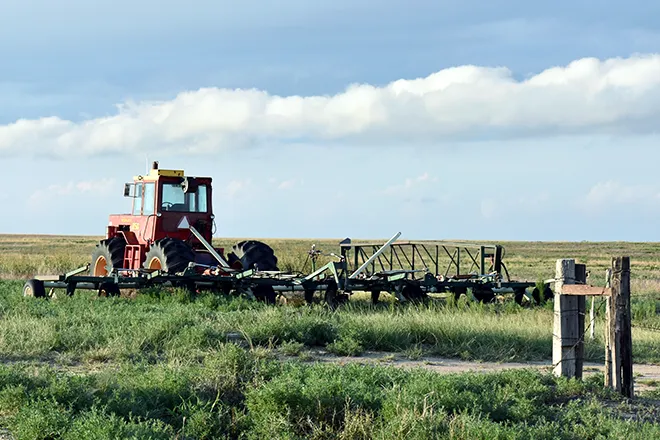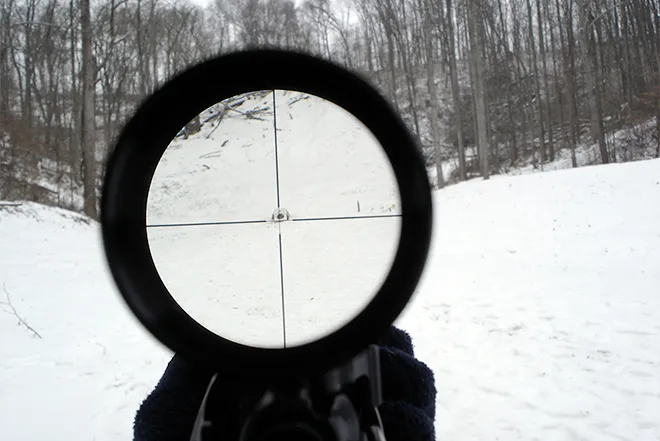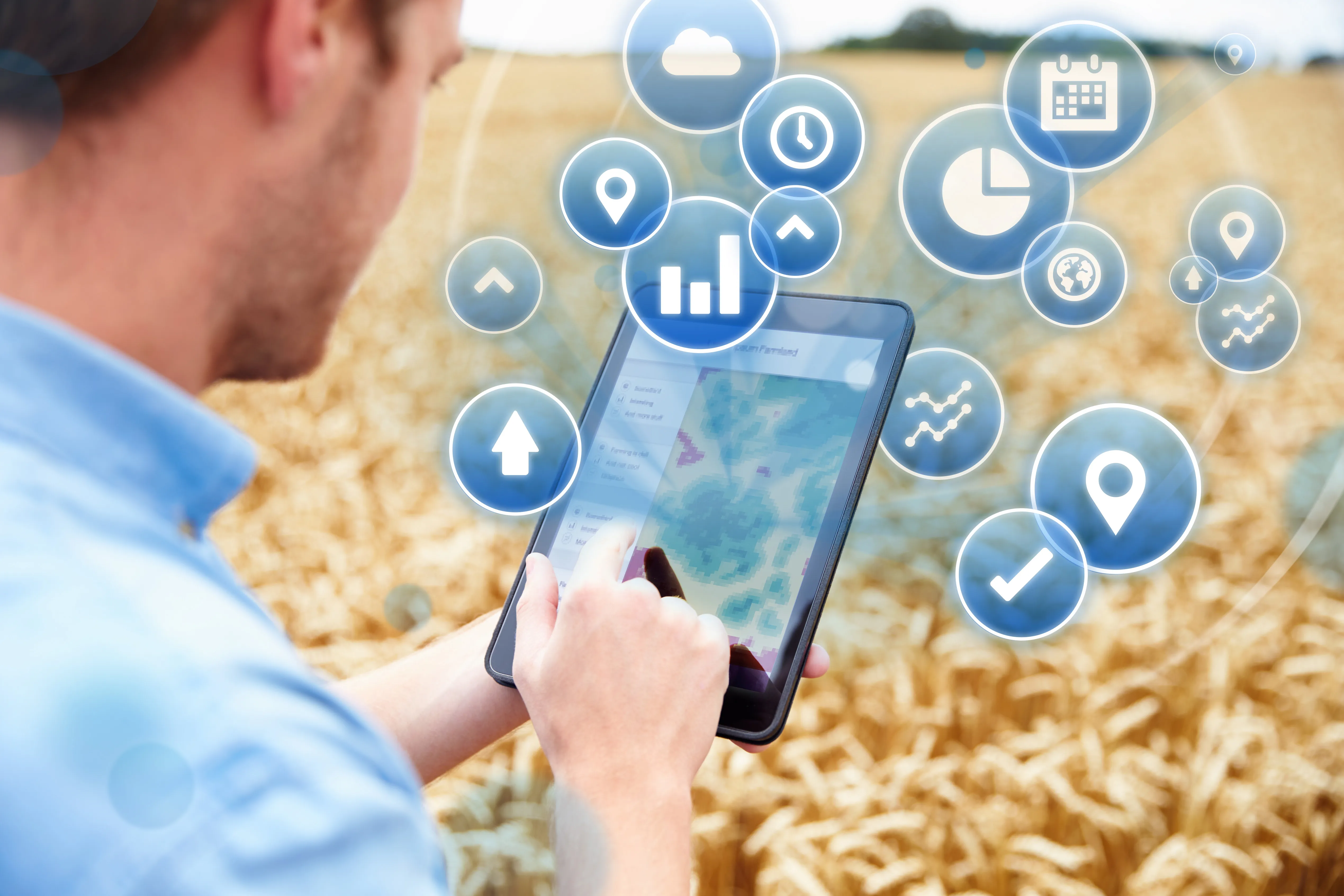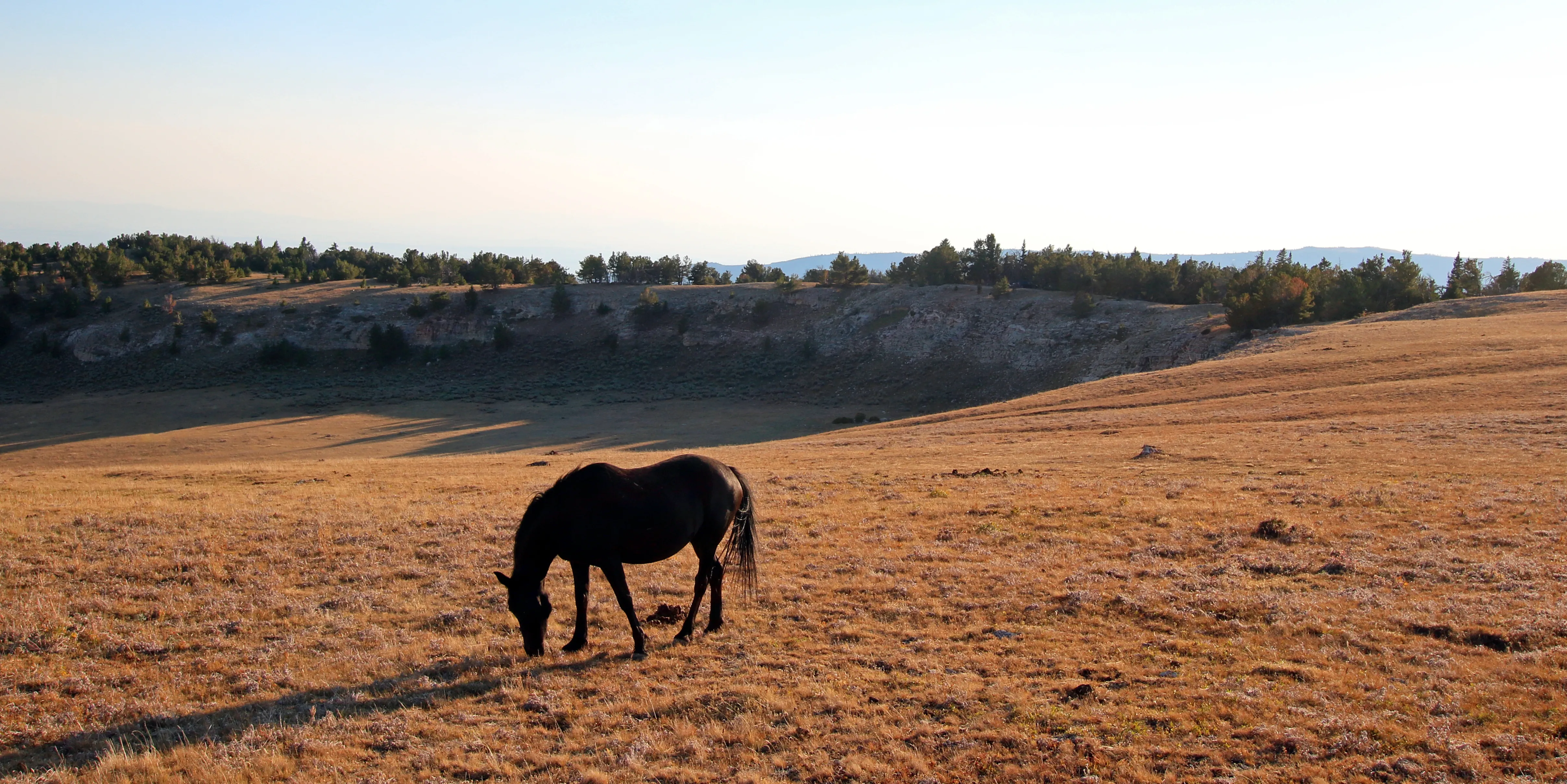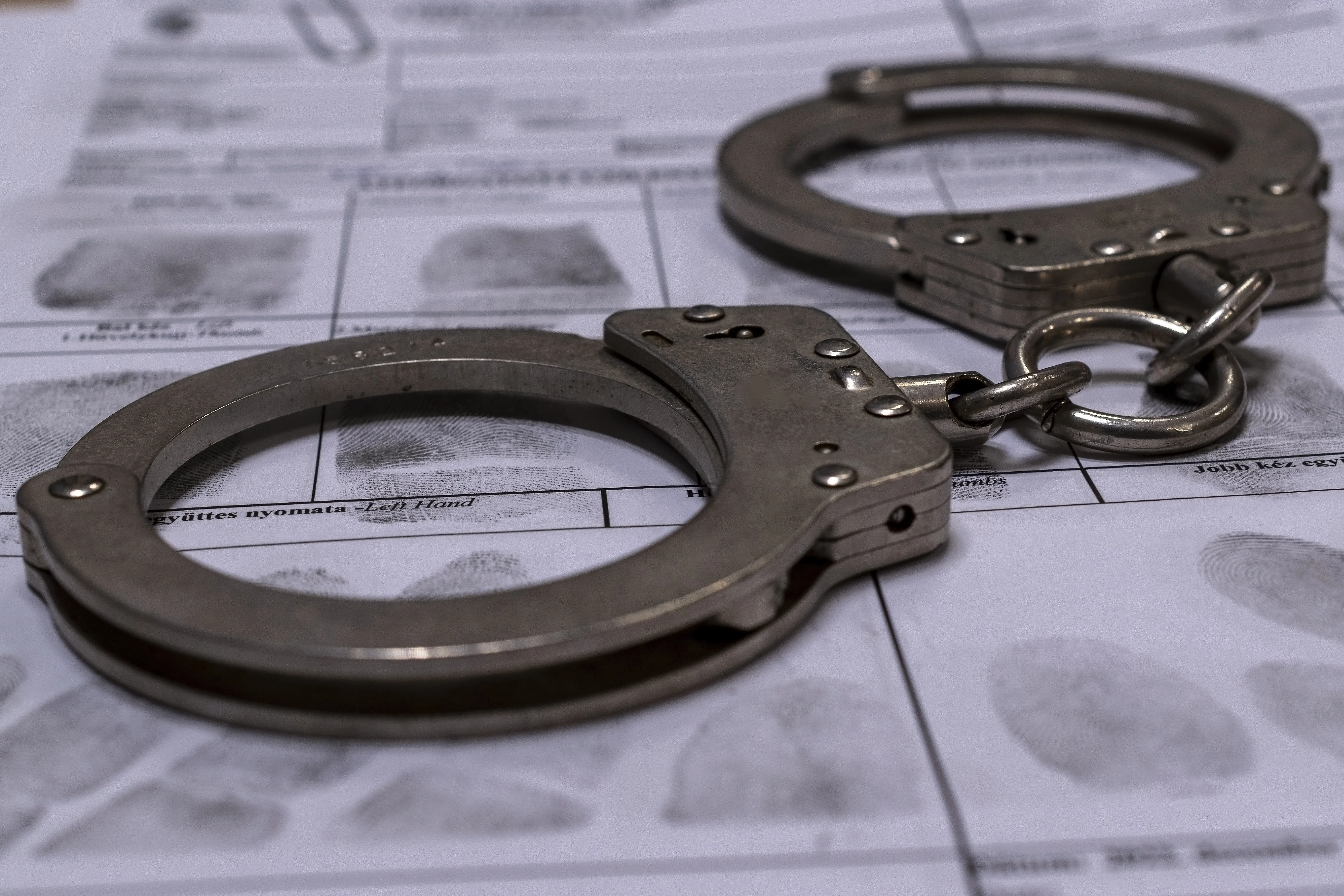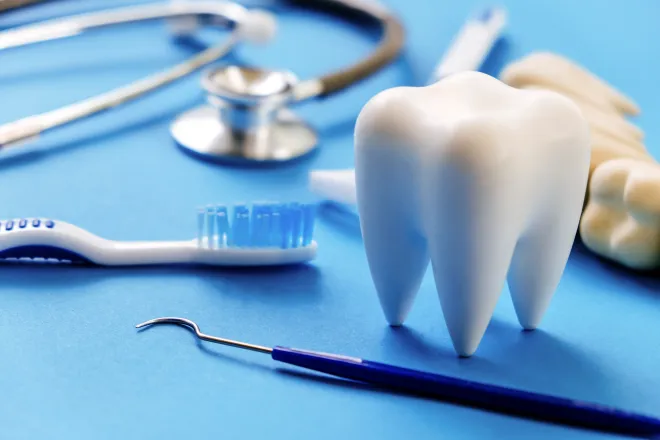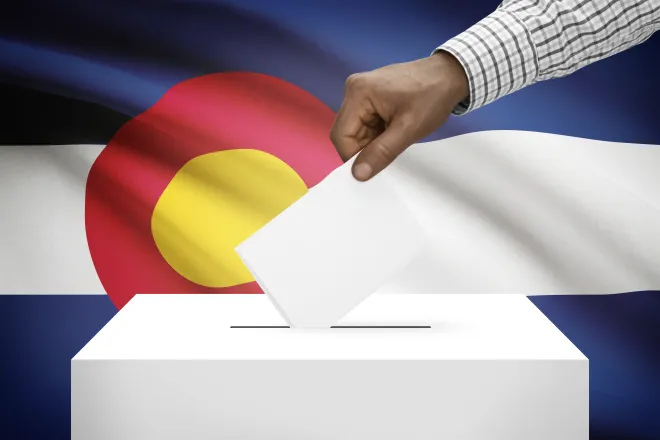
Commentary - Colorado could adopt some of the country’s strongest landfill air pollution regulations
Coloradans’ trash negatively affects our health after going to landfills. How? Trash, especially food and yard waste, creates large amounts of invisible air pollution in the form of gases. This air pollution contains methane that negatively impacts our climate and toxic air pollutants like benzene and hydrogen sulfide that can make people sick. Coloradans living closest to landfills suffer the worst effects. All of us experience harm from landfill air pollution no matter where we live.
To help address this problem, the Colorado Department of Public Health and Environment recently proposed a Landfill Methane Rule to the Air Quality Control Commission. The rule’s purpose is to reduce the landfill gases that harm our bodies, our air, and our environment.
This rule would provide highly effective and economical ways to collect and reduce landfill air pollution. Biocovers and biofilters, which use bacteria to break down the gases, are one approach included in the proposed rule. Collecting the gases then burning them inside a closed structure (called enclosed flaring) is another. For either method to work well, highly accurate measurement of the amount of gases released from landfills is necessary to make sure landfill gases are being optimally reduced.
While biocovers and biofilters work well to reduce landfill gases, they are not enough to handle the overall amount of air pollution created by landfills. In order to meet our climate goals and protect public health, landfills will have to collect and burn landfill gases or put them to beneficial use (for instance, using landfill gases to generate energy).
When I first learned the rule allows enclosed flaring as a method of pollution control, I was alarmed. I pictured oil and gas operations burning unwanted gases in highly polluting and inefficient open flames (called open flaring), a process that has serious impacts on our health. The proposed rule requires new landfill flares to be enclosed and existing open flares at landfills to be phased out by 2029. Enclosed flaring is a tightly controlled process that eliminates 98 percent to 99 percent of gases collected from a landfill.
Enclosed flaring is different from open flaring because an enclosed flare burns almost all of the gases collected and can be tested to make sure pollution reduction targets are being met. Unfortunately, some particulate air pollution is created during enclosed flaring (called combustion products), but enclosed flaring removes much more air pollution than it creates. As such, enclosed flaring is a needed tool to decrease the harm landfill gases cause to our health and environment.
While enclosed flaring is necessary, the public must be protected from combustion products created by the process. The combustion products released by enclosed flaring can be closely monitored and accurately measured. The proposed Landfill Methane Rule requires such monitoring and also requires that any pollution created by enclosed flaring meet air quality standards. In order to minimize the potential harms of enclosed flaring, air quality standards and the proposed monitoring processes must be rigorously enforced.
As a physician, I care a lot about the negative impacts of air pollution on our well-being. The best way to prevent landfill air pollution is to reduce the amount of food and yard waste going into landfills. We also must address the ongoing current air pollution from landfills. CDPHE’s proposed Landfill Methane Rule creates some of the strongest requirements in the country for reducing landfill air pollution.
Support your health and your community’s health by learning more about landfill methane and the proposed new rule on the CDPHE website.

